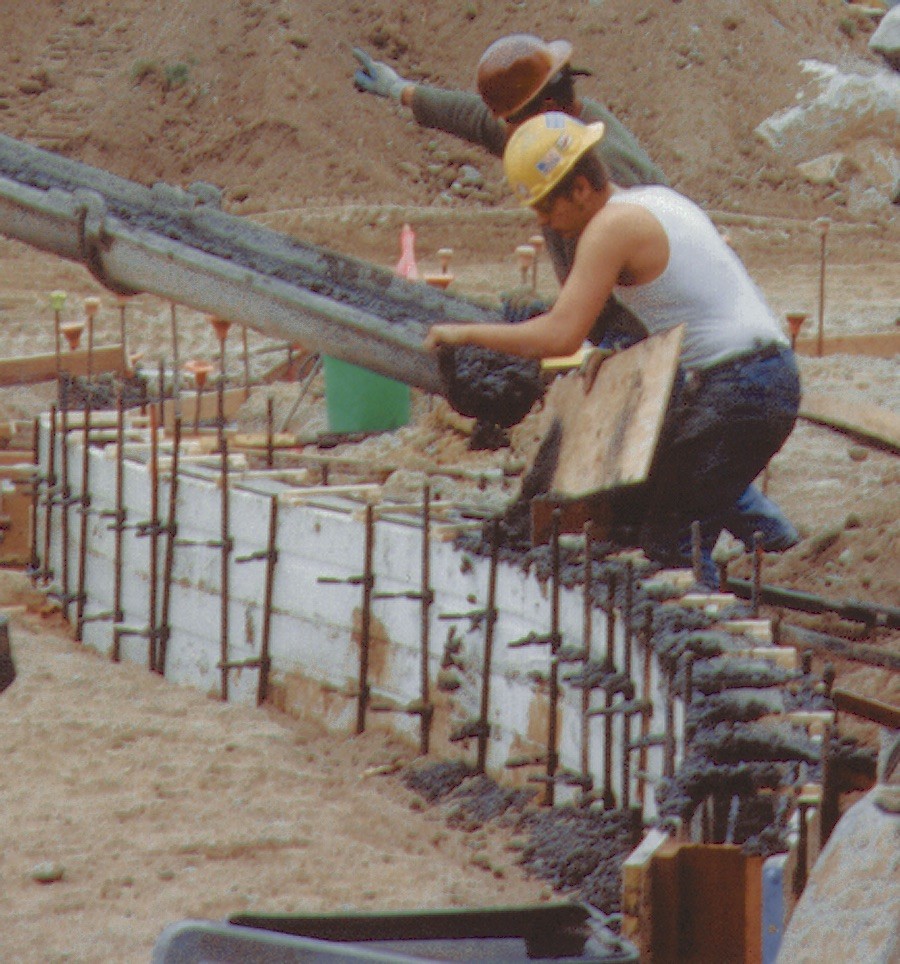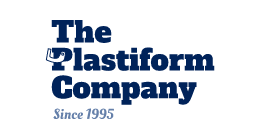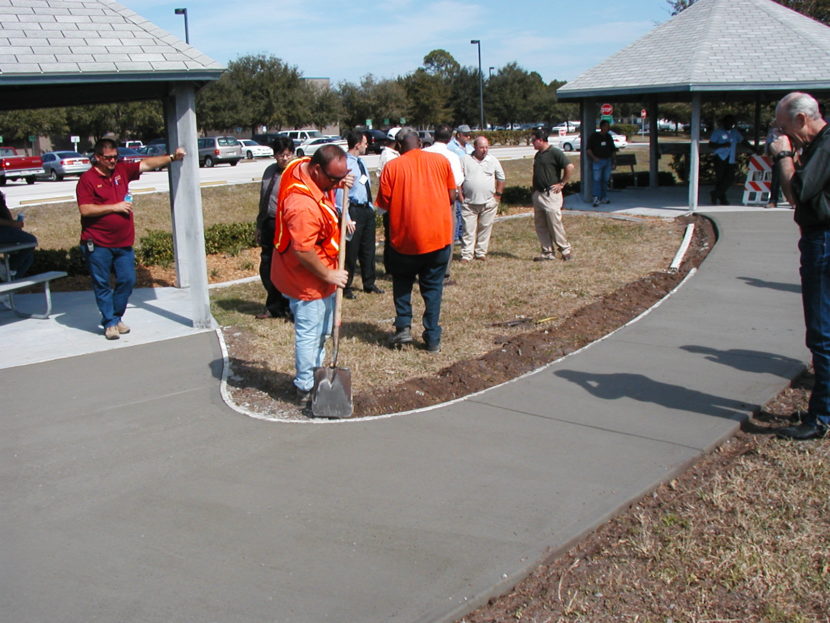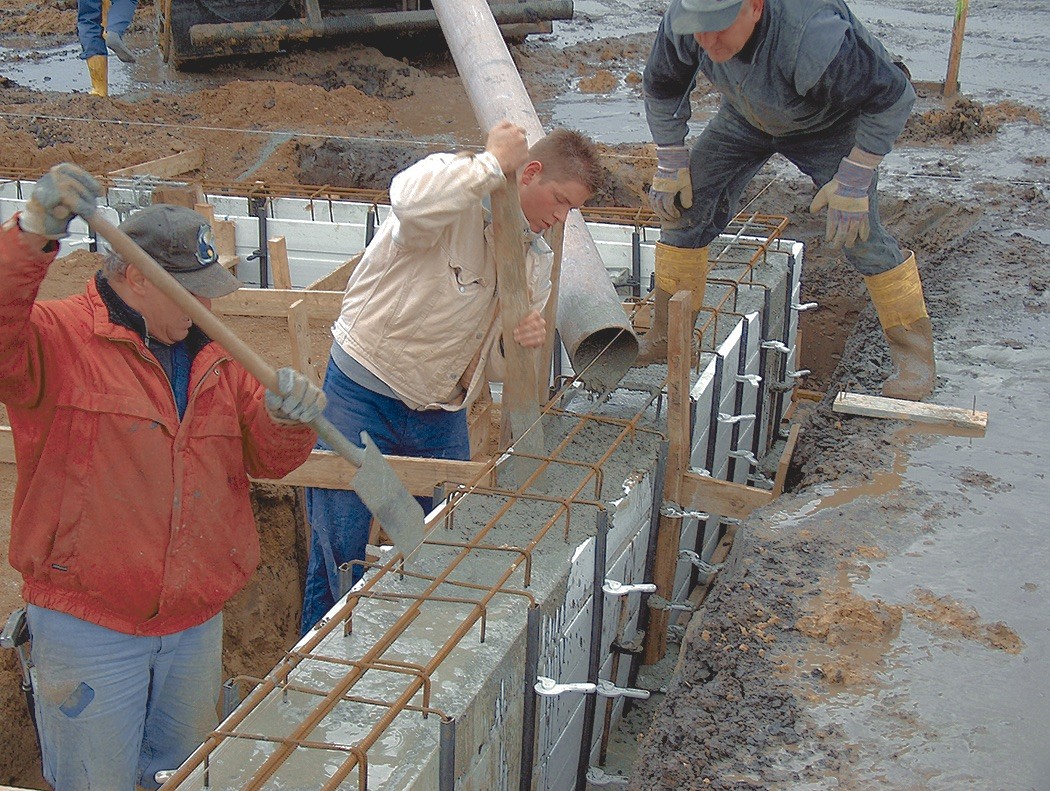
The Joys of Using Plastic Concrete Forms
An Innovation in Construction
The construction industry has witnessed numerous advancements over the years, but few have offered as much versatility and efficiency as plastic concrete forms. These forms, also known as formwork, are revolutionizing the way concrete structures are built. The joys of using plastic concrete forms are myriad, and their benefits are transforming projects of all scales.
Durability and Strength
One of the most significant advantages of plastic concrete forms is their durability. Unlike traditional wooden forms, which can warp, rot, or absorb moisture, plastic forms are resistant to the elements. They do not degrade easily, making them a reliable option for long-term use. This durability ensures that the forms maintain their shape and integrity throughout multiple uses, providing consistent results every time.
Lightweight and Easy Handling
Plastic concrete forms are considerably lighter than their wooden or metal counterparts. This lightweight nature makes them easy to handle and transport, reducing the physical strain on workers and speeding up the construction process. The ease of handling also means that less heavy machinery is required on-site, which can lower costs and reduce the risk of accidents.
Cost-Effectiveness
While the initial investment in plastic concrete forms may be higher than traditional materials, their longevity and reusability make them a cost-effective choice in the long run. Plastic forms can be reused dozens, if not hundreds, of times without significant wear and tear. This reusability reduces the need for frequent replacements, saving both time and money.
Sustainability and Environmental Benefits
In today’s eco-conscious world, sustainability is a crucial consideration in construction. Plastic concrete forms are an environmentally friendly option because they can be recycled at the end of their life cycle. Additionally, their reusability means fewer resources are consumed over time, reducing the overall environmental impact of a project. By choosing plastic forms, builders can contribute to more sustainable construction practices.
Precision and Consistency
The manufacturing process of plastic concrete forms allows for high precision and consistency in their dimensions. This accuracy ensures that the forms fit together perfectly, resulting in smooth and uniform concrete surfaces. The precision of plastic forms also minimizes the need for adjustments on-site, saving time and improving the overall quality of the finished structure.
Versatility in Design
Plastic concrete forms come in various shapes and sizes, offering tremendous versatility in design. Whether for simple foundations or intricate architectural features, these forms can be customized to meet any construction requirement. This flexibility allows architects and builders to push the boundaries of design while maintaining structural integrity.
Ease of Cleaning and Maintenance
Cleaning plastic concrete forms is a straightforward process. Unlike wooden forms, which can absorb concrete residue and require extensive cleaning, plastic forms can be easily washed with water. This ease of cleaning reduces downtime between uses and ensures that the forms remain in optimal condition for longer. Additionally, plastic forms do not require treatments or coatings to protect them from moisture, further reducing maintenance efforts and costs.
Improved Safety
Safety is a paramount concern on any construction site, and plastic concrete forms contribute to a safer working environment. Their lightweight nature reduces the risk of injuries related to lifting and carrying heavy materials. Moreover, plastic forms do not splinter or create sharp edges, minimizing the chance of cuts and abrasions. By choosing plastic forms, builders can enhance the overall safety of their operations.
Innovative Applications
The adaptability of plastic concrete forms extends to innovative applications. In addition to traditional building projects, these forms are used in various specialized fields such as landscaping, residential construction, commercial projects, and even artistic installations. Their versatility makes them suitable for creating everything from retaining walls and garden beds to complex architectural elements.
Conclusion
The joys of using plastic concrete forms are evident in their numerous advantages. From durability and cost-effectiveness to sustainability and versatility, these forms are transforming the construction industry. As builders continue to seek innovative solutions that enhance efficiency and quality, plastic concrete forms stand out as a pioneering choice that offers both practical benefits and creative possibilities.
By embracing this modern formwork, the construction industry can look forward to a future where projects are completed with greater ease, precision, and environmental responsibility. The joy of using plastic concrete forms lies in their ability to elevate construction standards and deliver outstanding results, time and time again.





